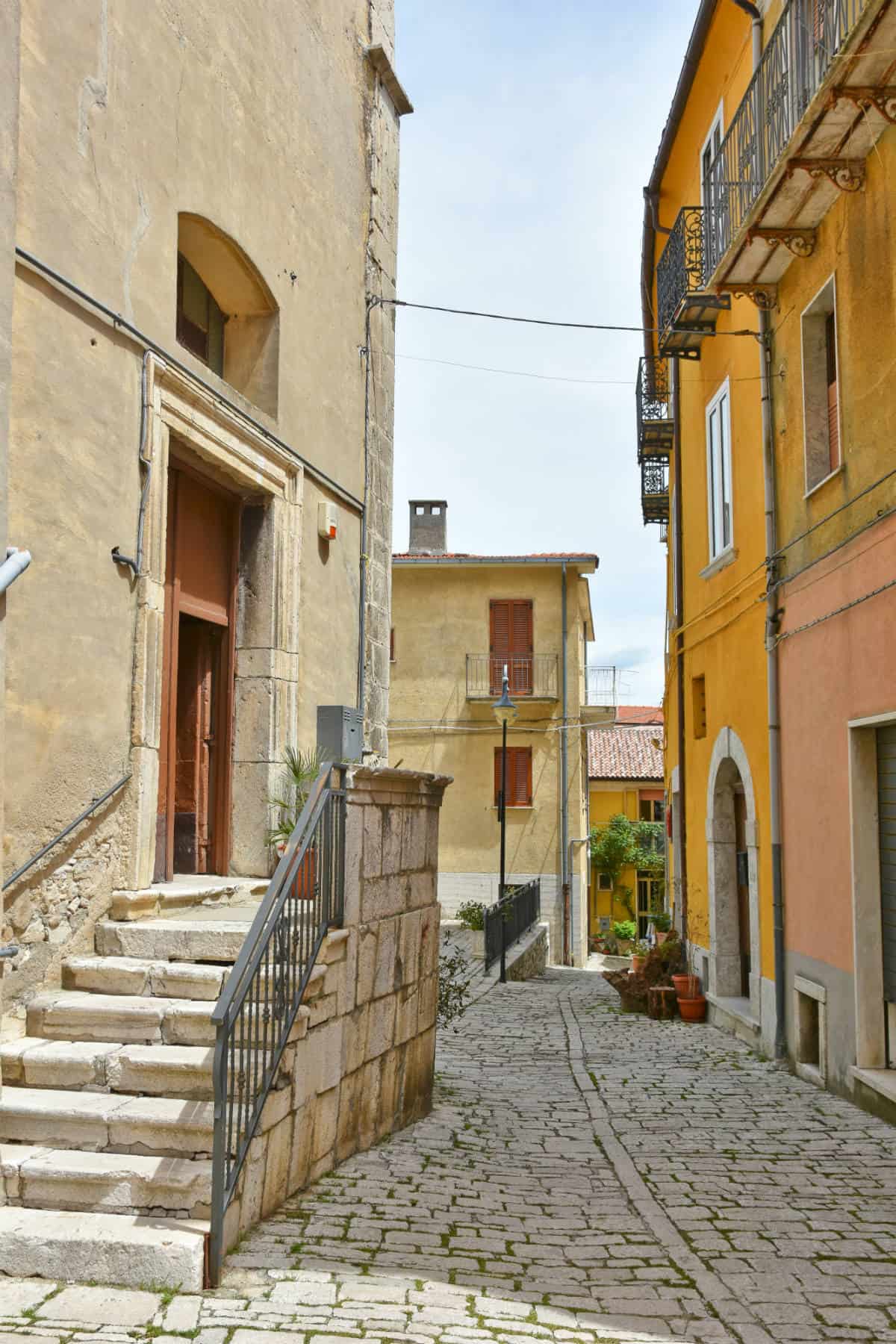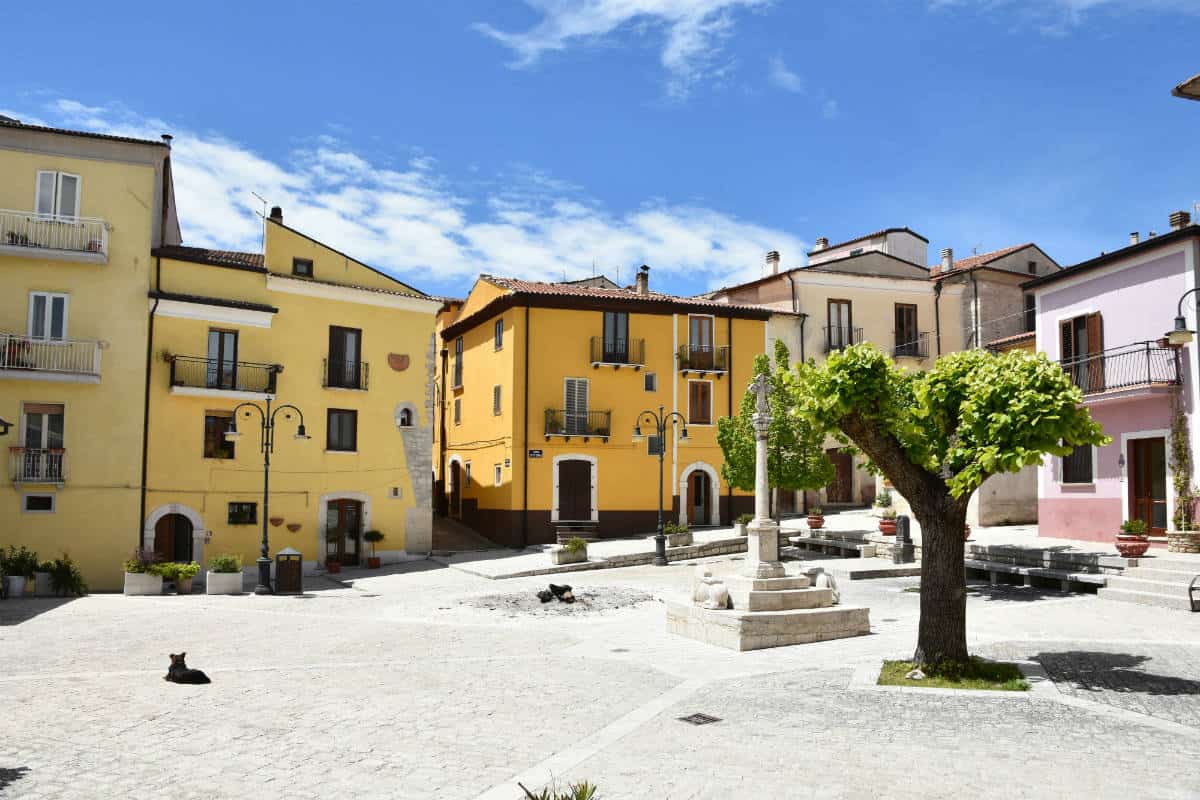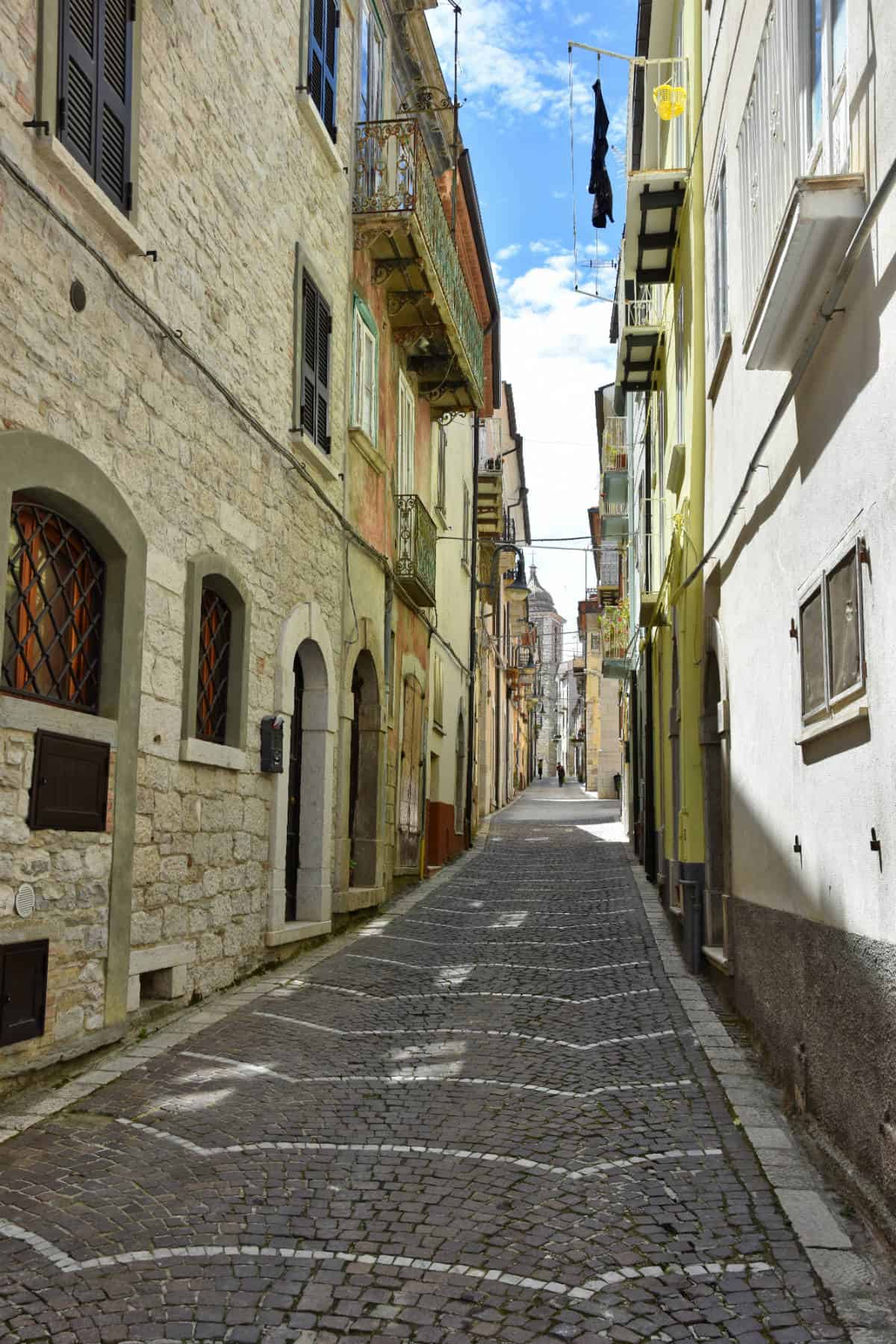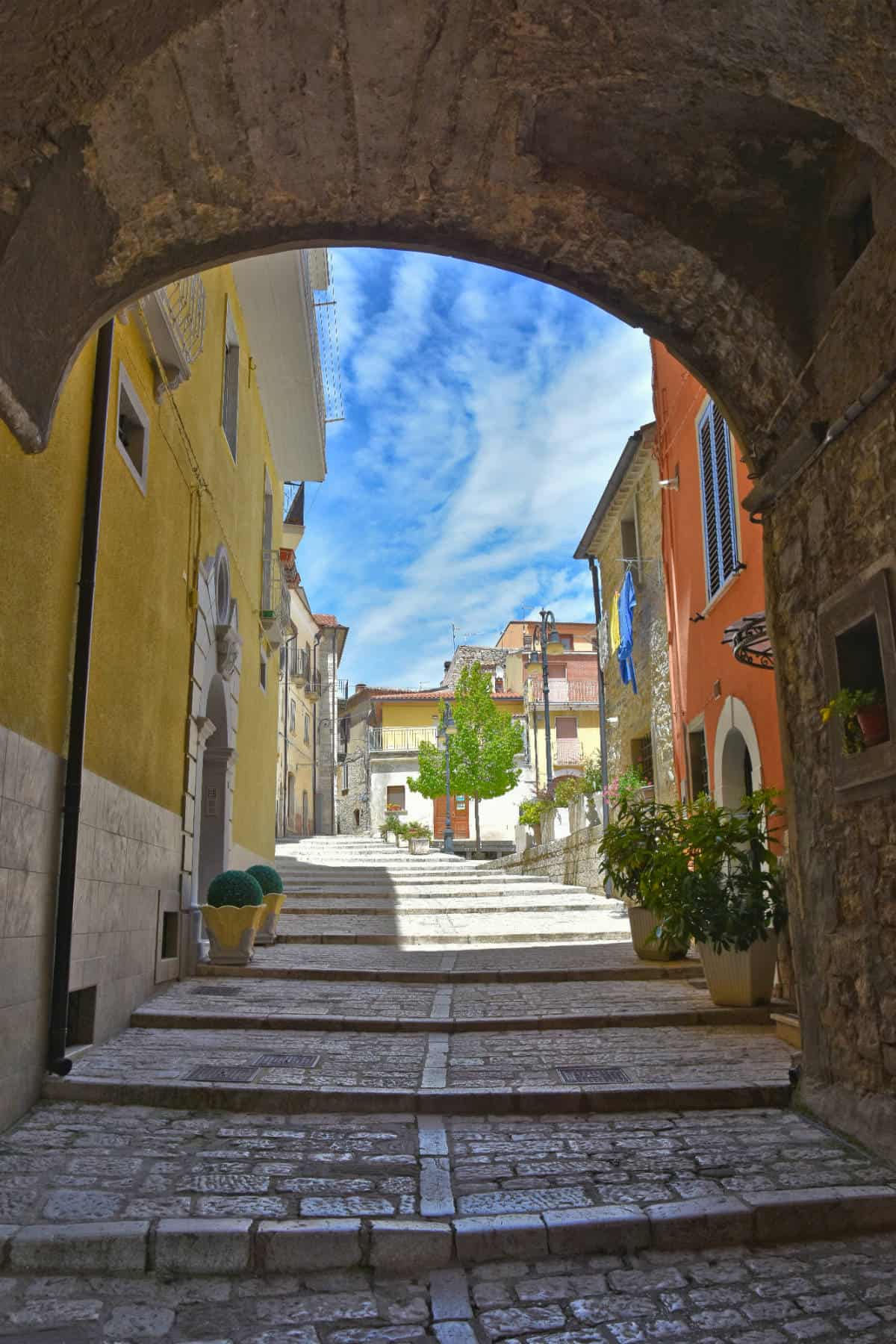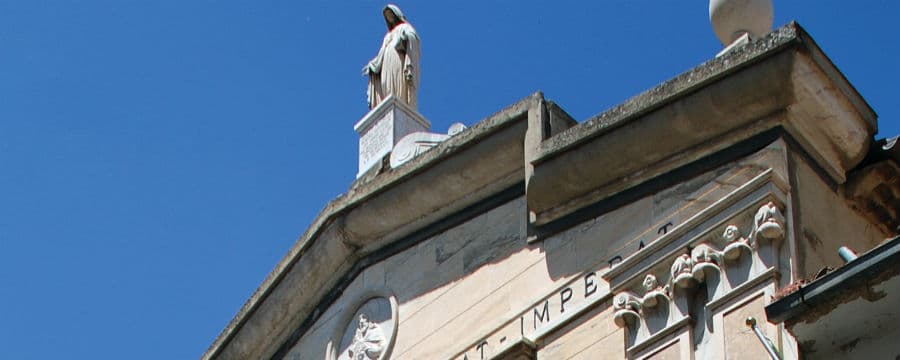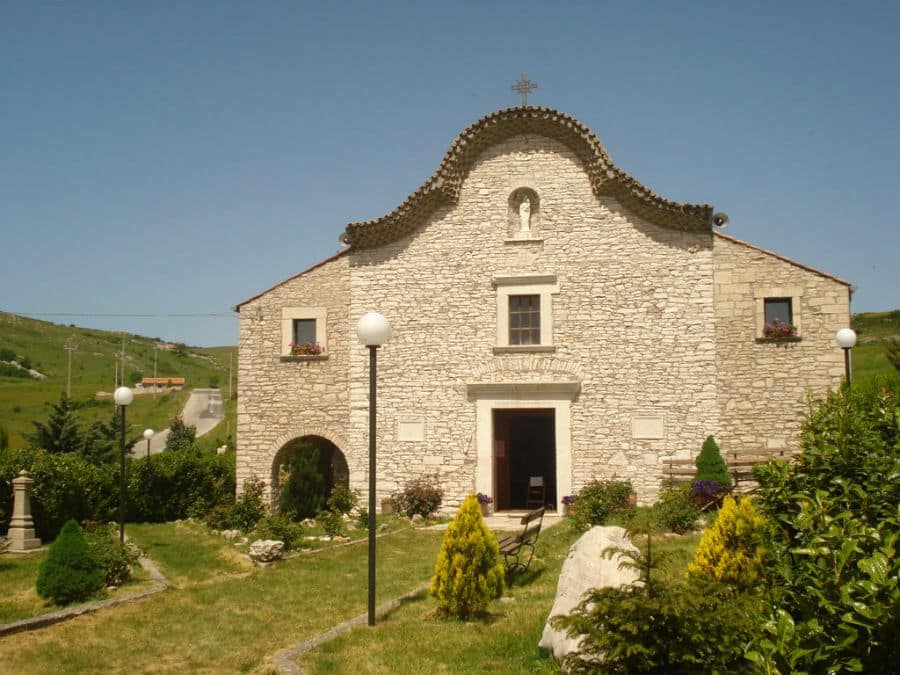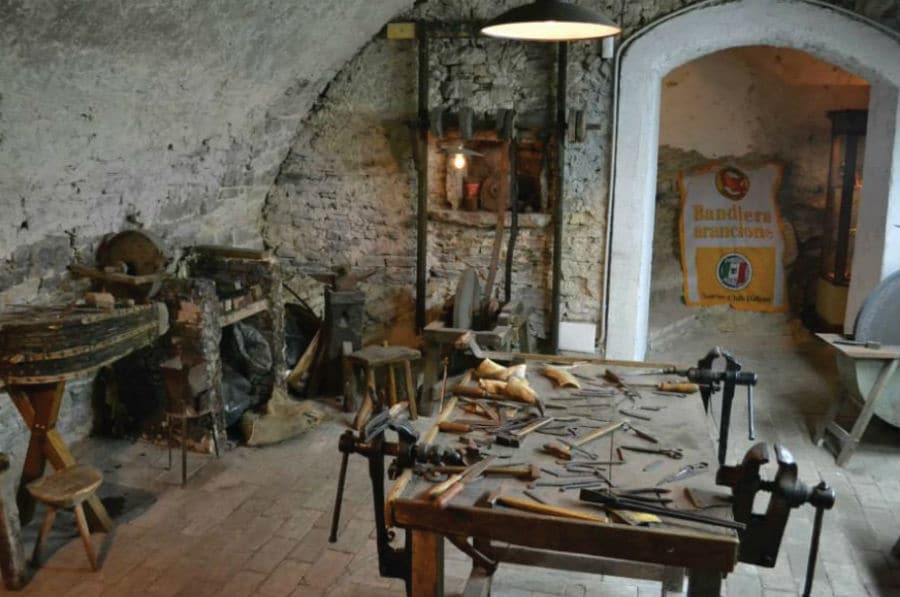The medieval village of Frosolone (Frescëlone in Molisano, Frus'lòn in Friulian dialect) is located in Molise. Before the Roman era, the area was inhabited by Sannitian populations, as evidenced by the presence of polygonal, megalithic walls, visible on the mountain above the village, at Civitelle. The settlement dates back to medieval times: in a document kept in Montecassino dating back to the first half of the XI century, a torrent called aqua Freselona appears among the landmarks of the area; Frosolone would be tried and imprisoned by some Molise friars: their detention would take place in the "castle", the present Baron palace. However, it is only in the late Middle Ages that Frosolone begins to define itself as a true urban nucleus.
As with many other centers in Molise, the country's medieval phase ends drastically with the earthquake of 1456. Frosolone's regular testimonies, then, start from the Spanish period. In this era it is going through an intense phase of development, and growth continues throughout the modern age. The rebuilding following the earthquake and then the unity of Italy give Frosolone a new face and new prospects for development. The economic conditions of the population remain, however, very difficult: the country will contribute, together with most of the South, to the great migration of the early twentieth century.
They definitely deserve a visit to Palazzo Zampini and the Mother Church of Santa Maria Assunta.
Historically, the country has founded its own economy on livestock (in particular sheep) and craftsmanship of scissors and knives. Gradually, the tourist sector is taking shape, in particular in the form of widespread accommodation, favored by almost untouched nature and a largely handicraft sector in the agri-food sector. Nowadays, the country boasts excellent agro-food production, in particular vaccine cheeses (caciocavallo and scamorza) and sheep (pecorino); an expanding area is the sector linked to the truffle search. The territory is rich mainly of Tuber aestivum, Tuber borchii (whitewash), Tuber brumale and Moscatum and of the precious Tuber magnatum, of which, in fact, Molise is the largest producer. Still practiced is the craftsmanship of scissors and knives.


